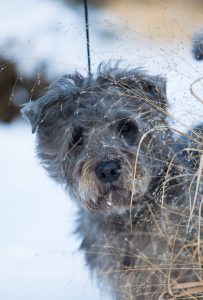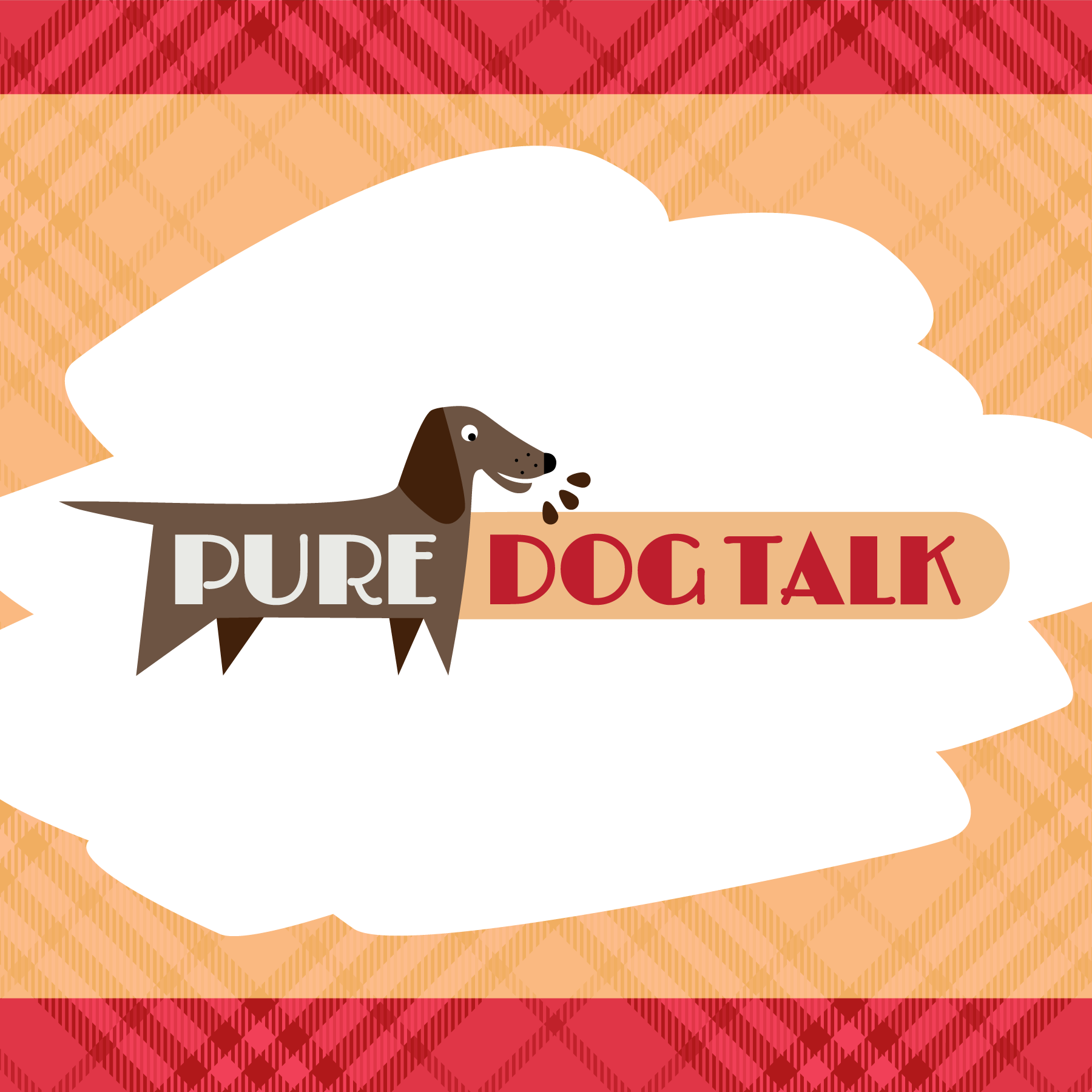207 — Short-Legged Dogs Bred for a Purpose
Short-legged dogs and Wrap-around fronts
Theresa Nesbitt is a retired ob-gyn physician with a focus on skeletal abnormalities. Her hobby is breeding and exhibiting Glen of Imaal Terriers and Dachshunds. The combination of these two passions led her to extensive study of the conformation of purpose bred, short-legged dogs and wrap-around fronts. “It’s an interesting puzzle,” Nesbitt said. “There is a lot of overlap between the breeds that have this conformation.”Genetics and expression of dwarfism
Researchers have just recently identified the genes responsible for this function, Nesbitt said. “It’s a very, very old gene,” Nesbitt observed. “And a very interesting kind of gene. Literally it made a second copy, snuck back into the nucleus and puts itself on the recipe book. Two copies of the gene and the second one doesn’t have instructions. We call it a retro gene.” Understanding how and why genes turn on and off is going to help the medical field understand cancers and more in the future, Nesbitt notedWhat’s your job description
Through history, people in widely varied areas of the world found purposes for short-legged dogs. “They found the gene in the gray wolf. It wasn’t expressed, but it was there to be inherited,” Nesbitt said. “It popped up in many places and became a purpose-bred gene because, depending on the task you wanted to do, a short-legged dog can do a lot of different jobs.” Vermin hunting and going to ground were amongst the most common purposes for which people developed and perfected the genetic inheritance for short-legged dogs. Badger hunting was the most dangerous job and required the most experienced dogs. A badger “sett” is like a series of tubes and chambers, Nesbitt said. Other short-legged breeds include corgis, who were low enough to duck under the kicking heels of cattle, Basset Hounds, Glen of Imaal Terriers who were used, amongst other jobs, to run on a “turnspit.”
Glen of Imaal Terriers were bred with short legs so they could run on a turnspit and fit under the spoke of the wheel.



